10 Assistive Technology Tools to Help People with Disabilities in 2023 and Beyond
Nov 24, 202111 mins read
With technology powering everything, it doesn’t forget the ones who need its support the most. Nearly 1 billion people that is 15% of the world’s population, are living with disabilities and face different challenges everyday—assistive technology is a great help to transform their lives.
Amid pandemic and chaos, things grew unexpectedly complicated, making disabled people look forward to getting virtual help like everyone else. Now they can do things easily, once they found impossible to do on their own. With the back support of assistive technology, they can live an independent and better quality of life.
From smart glasses to automated electric wheelchair users, AI-powered cane navigating blind people from hazards-assistive technology has transformed the lives of people suffering from myriads of disabilities.
What is Assistive Technology (AT)?
Assistive technology (AT) is a technological item, device, software, product system, or any equipment used by people with some sort of disabilities. The purpose to use such technology is to improve the functionality, increase capability, and work performance of a disabled person.
These assistive technology tools can help those people with special characteristics to help communicate better, learn, and perform any function in a productive way. The tools can range from high-tech solutions like software programs or usual products such as walking stick.
A few of the examples could be special keyboards with bigger buttons for people with limited hand movement. Also, a text-to-speech software that reads out the text for visually impaired or people with blindness. Moreover, people with speech problems can use a device/or mobile app that reads out loud the text commands given using keyboard. More of such examples of assistive technology will be further discussed in this blog.
This article will learn how assistive technology has transformed, changing people’s lives who are left a little behind from normal people.
1. Adaptive Keyboards
Although there are several customized keyboards designed for the special needs of people with different types of impairments. Some keyboards have higher keys as compared to normal keys to make people find the keys easily. The raised keys help you avoid keystrokes and typos.
Keyboards for people with visual impairments look-alike braille keyboards. They are well versed with comfort, speed, and accuracy while preventing issues like strain. The assistive technology is employing its efforts to build smart keyboards with smart finger sensors.
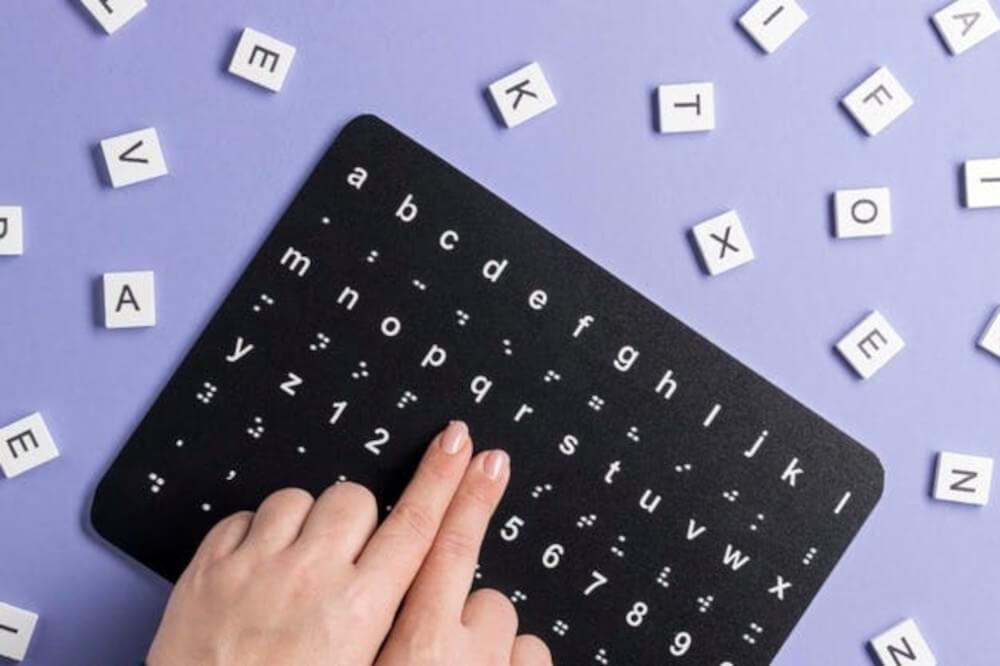
2. Text to speech software
It is needless to say, the assistive technology of text to speech software is helping people with various disabilities. Assistive technology is doing wonders when it comes to
accessibility of information, and to the virtual world.
AI-powered text-to-speech tools that come with multitudes of flexible customization of tone, speed, and audio conversion into multiple programming languages like Java development services. The most human-like audio conversion of your favorite text is just one click away. It requires minimal effort from users just to listen to their favorite book, magazine, blog or audio tour into an online store-everything is made possible within reach of one click.
Website Voice is an intelligent software to recognize text automatically and begins the audio conversion of the bulk of the text in a few minutes. It has not only reduced human effort, but it also played a significant role in making content accessible for the audience at the farthest corners of the world.
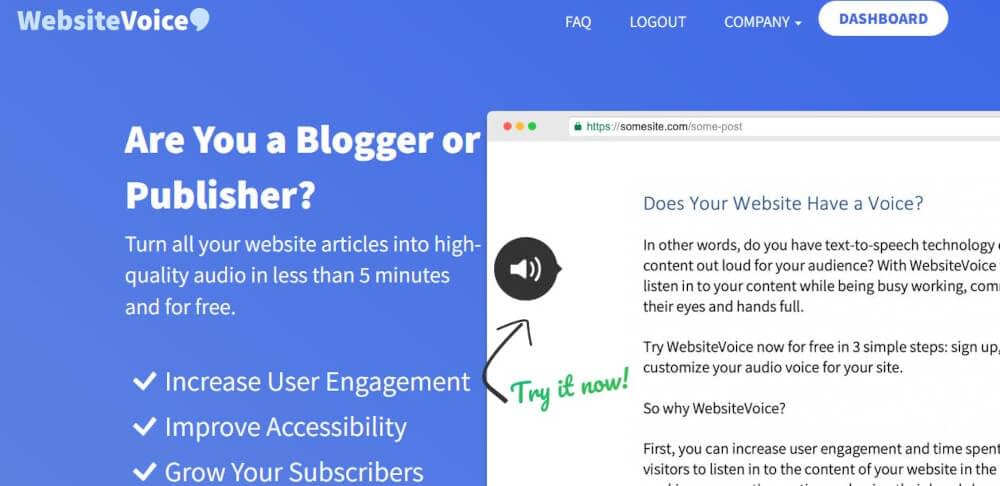
The development teams of Website Voice created this text-to-speech software, making all types of online content accessible for people with disabilities. Speech-to-text tools are great on-hand tools for normal people, let alone disabled people.
3. One-button computers
For disabled people and other senior citizens, using modern technology can be extremely challenging. Therefore, Norwegian startup, No Isolation kickstarted the project with the aim to make modern technology accessible for people who never had exposure to the digital experience.
Assistive technology designed the one-button computers to be installed in disabled and senior citizen homes, so they can contact their friends and family by just pressing one button. It is designed as both an entertainment and communication app. By switching the device, the users can view calls, messages and answer video calls or look at the stuff their loved ones have sent via a large non-touch display.
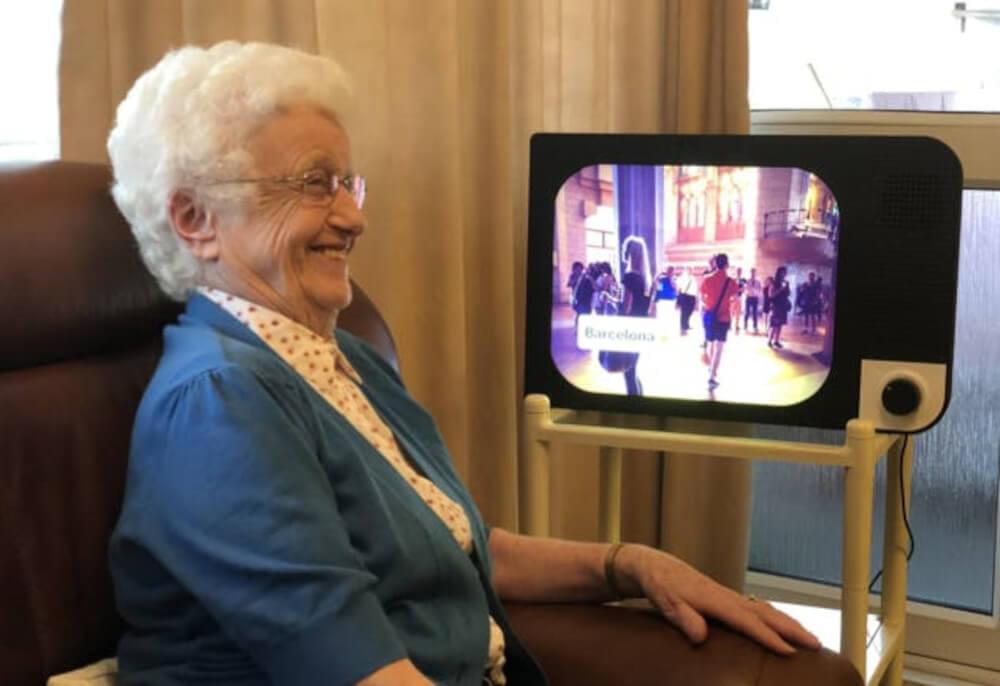
In comparison to traditional operating systems, one-button computers have reduced user input. All they need to do is to press the big button below the screen. Moreover, the users don’t have to remember the passwords, usernames, and other complex login details as friends and family can control it as they send pictures and other content via smartphone apps.
4. Voice assistants
Performing everyday tasks can be challenging for people with different mobility impairments and other disabilities. With assistive technology of Amazon Echo, they can perform multiple tasks by just speaking.
The users can speak to a built-in voice assistant to command it to call people, send texts, update their schedules, make to-do lists, set alarms, play music, provide news and weather updates, buy things online, manage their smart devices, and many more.
Amazon Echo is growing stronger day by day. Its fourth-generation is here with its more powerful systems and spherical design.
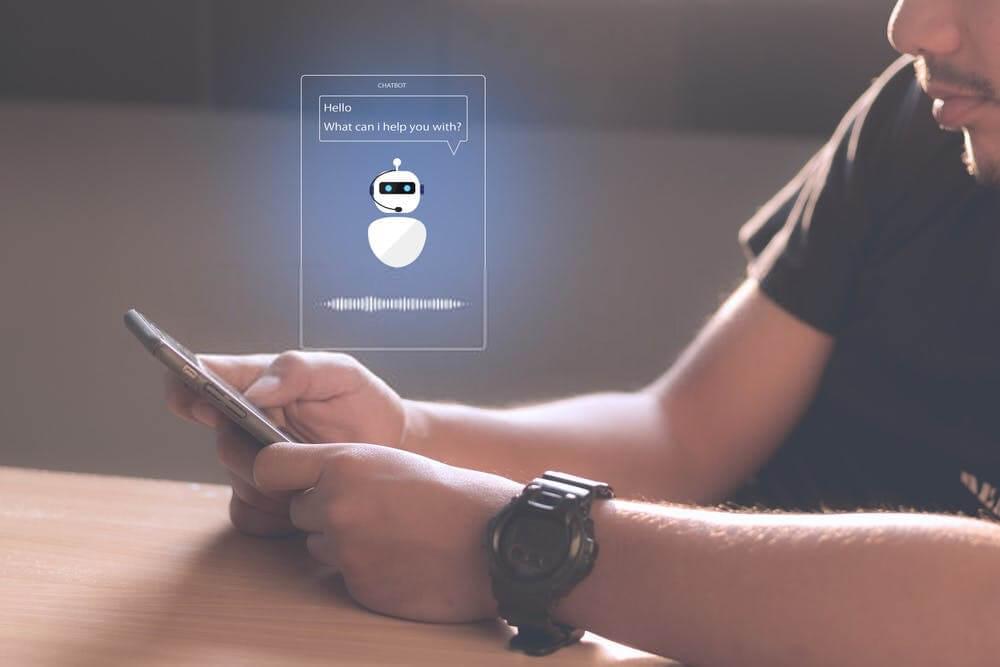
5. AI-powered smart cane
Millions of people depend on visual impairment tools, for instance, white canes to live an independent life. Assistive technology is taking the initiative to transform smart canes into more intelligent and more life-changing tools.
The built-in speech assistant can start taking commands for several different functions. For instance, the high-tech handles and installing smart sensors that identify roadblocks, obstructions, and hindrances on streets, roads, and parks and alert the user. Not only that, but the users can also connect their smart canes with their smart devices to find the different locations and receive information on public transportation.
They can get voice alerts to locate if they misplace their cane or phone. With technology progressing with super speed, the assistive tools are looking up to new features and integrations by just updating their smartphones.
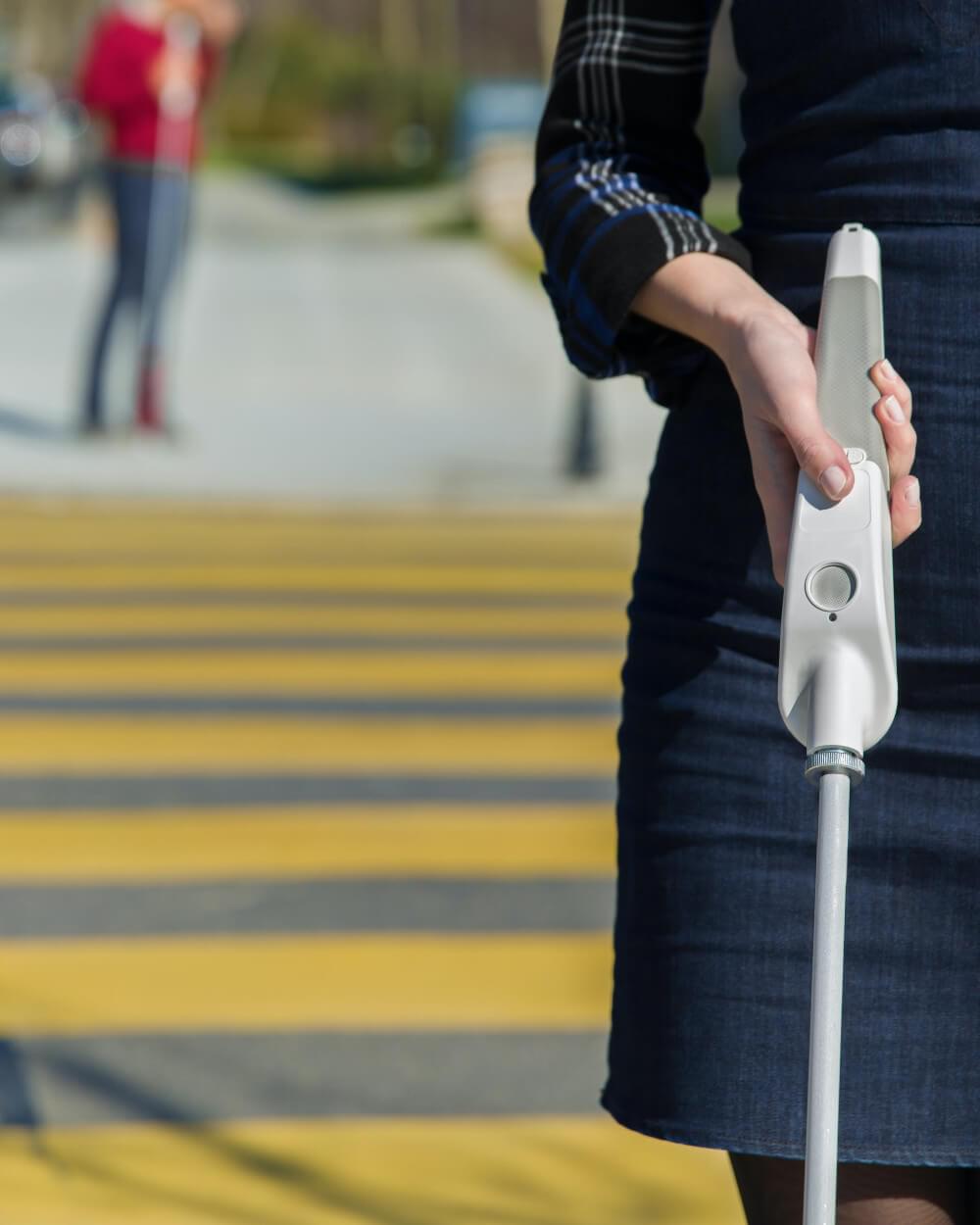
6. Smartwatches for visually impaired people
From braille books and keyboards, now braille smartwatches are here to serve the people with visual impairments. It helps them to know the time in braille. Since connectivity is everything and connecting braille smartwatches with smart devices to receive messages, calls and notifications is something becoming more common nowadays.
More extended battery life like up to 5 to 7 days, braille dictionary, reminders, alarms, alerts, timers, and other smart functionalities are being introduced in next-generation braille smartwatches.
7. Live listen
Live podcasts, broadcasts, and audio shows are great pieces of entertainment for people with visual impairment. Apple Live Listen is an assistive tool to assist people with visual impairments coming with the promise of premium sound quality within the access of single touch to the microphone, or Airpods, Powerbeats pro, iPads, and iPhones.
Apple assures that this solution is to help people with hard-hearing and quality-oriented sound help them to listen to the room talks clearly. In order to use this feature, the user needs to add it to the Control Centre, by tapping the ear symbol, it takes them to Live Listen, and now they can place their phone close to the person who is speaking. Moreover, the user can get the step-by-step guide of setting up Live Listen on your Android and iOS devices.
8. Smart glasses as an assistive technology
The amalgamation of AI and ML invented smart glasses that have the capability of navigation by just head movements. These intelligent glasses are designed for electric wheelchair users to control and use a wheelchair.
The process is typical, which involves connecting your smart devices with glasses to receive alarms, messages, calls, and notifications. The smart sensors of the glasses automatically pick the head gestures and control the wheelchair accordingly. Moreover, the user has the display at their right eyeglass frame and can access the navigation menu and take controls. The users can take photos, share, adjust seat positions, and send emergency messages with the built-in camera.
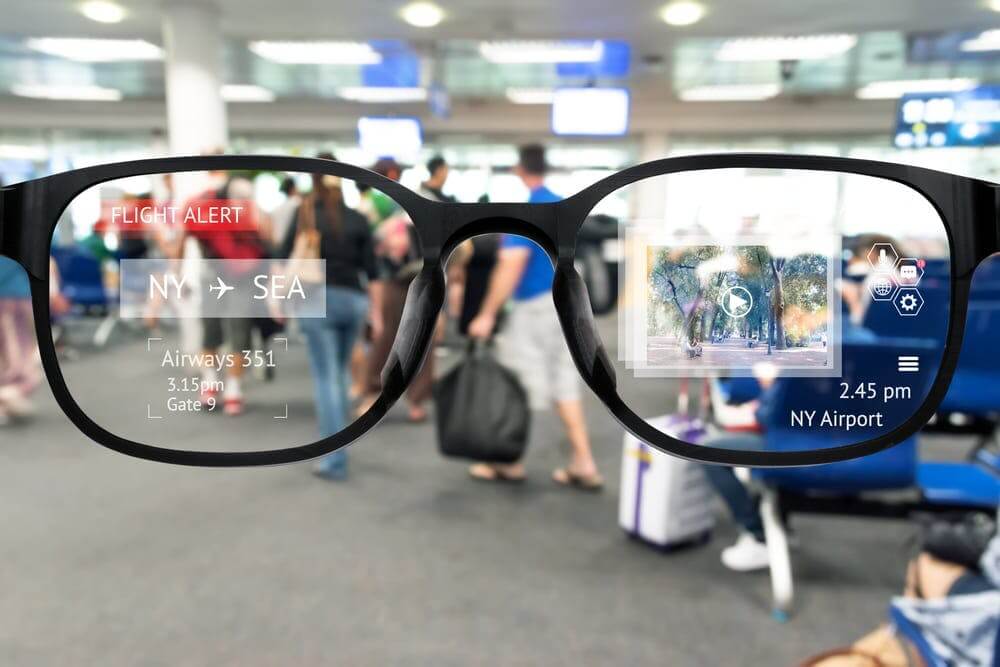
9. Open Character Recognition Software (OCR)
OCR automatically picks letters through the scanner and converts them into text. With easy customization, they can change the text size, color, and background as well. It’s a smart tool to make printed information more accessible. It’s needless to say that its a great help to people with low vision and visual impairment.
10. Smartphones for old citizens
Modern smartphones are complex for people with less exposure to technology. The tech companies have designed smartphones for the citizens of 65 age. The specs and features are designed in a way that reduces human effort through smart sensors, voice assistance, button assistants, and fingerprint sensors. The handset sports a 5.7-inch display, Android 9.0, a GPS-based emergency assistance button, a fingerprint sensor, 16-megapixel and 5-megapixel cameras, a built-in voice assistant, a premium aluminum design, a headphone jack, a USB port, and more.
Closing Thoughts
Assistive technology tools are among the least ‘celebrated’ but essential instruments to assist people with special needs. When it comes to making the virtual world accessible to these people, the equal accessibility of online learning becomes the greater need.
As per National Education Association (NEA), the number of students admitted to special education programs rises 30% every decade in the US. Furthermore, the NEA reports say, even in general classrooms, out of 3, one child is facing limitations or disability.
Assistive technology has been playing the role of front to overcome the limitations disabled people face. Therefore perfectly imperfect people are able to live efficiently. Growing from shortages towards offering cutting-edge solutions, assistive technology is transforming the lives of millions.









